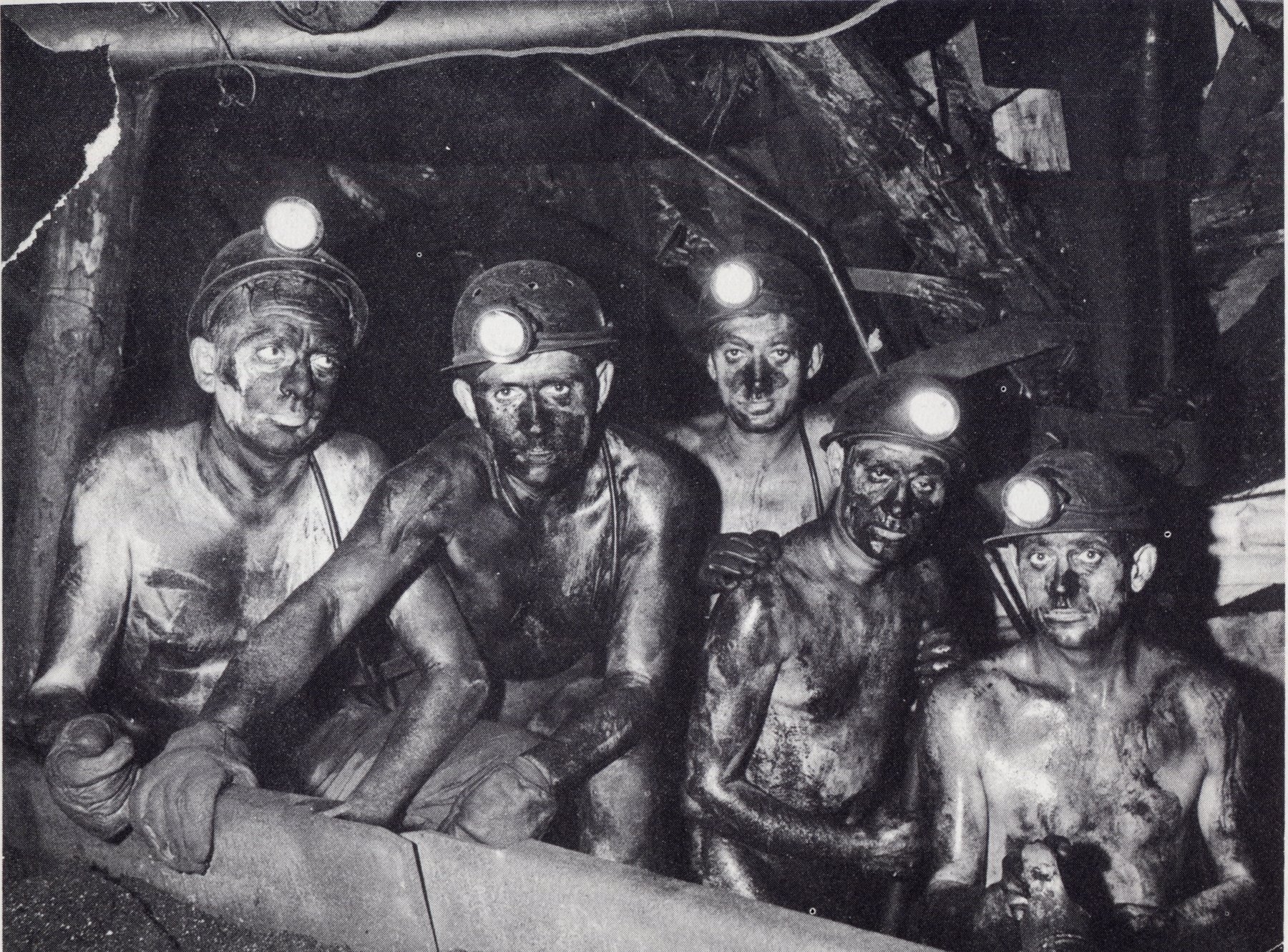The Monarcho-Fascist regime ruined any possibility of disengaging from the alliance with National Socialism between February and March 1940, when Benito Mussolini refused the British offer to supply Italy with the coal necessary for its economy, as German coal could no longer travel by sea due to the naval blockade imposed by London itself. Mussolini instead accepted Hitler’s proposal to transport over one million tons of coal a month entirely by land. At that point, Italy’s entry into the war was only a matter of time. However, things would not come to a head until the long crisis of 1943. The direction and prolongation of the conflict, together with Italy’s ever-growing difficulties in bearing the associated costs, forced among other things by the increasingly evident global asymmetry, with Germany advancing remittances to families for relatives working beyond the Brenner, led to Rome’s request for its citizens working in the Reich to return home. However, repatriations were interrupted by the Berlin authorities following the “revolution” of 25 July. As a result, around 100,000 remained blocked in the territory of the Großdeutsches Reich (including at that point also Austria, the ex-Czechoslovakian Sudetenland, the Polish territories annexed after September 1939, the Protectorate of Bohemia and Moravia, and the Generalgouvernement, de facto German colonies). The status of these Italian men and women drastically worsened after 8 September 1943, with the Kingdom of Italy leaving the war, the German military occupation of central-northern Italy, and the subsequent creation of the Italian Social Republic with limited sovereignty. The status of Italian factory workers and farmhands plummeted to that of forced labourers. The breakup of the Axis, regardless of the attempt to reconstitute it at least symbolically in the guise of the Italian Social Republic, immediately caused over 650,000 Italian soldiers, officers, non-commissioned officers and soldiers to fall into German hands. Given the German war economy’s need for workers as the conflict continued, soldiers and NCOs of the Italian Royal Armed Forces were for the most part immediately and compulsorily forced to work, while the attempt to use officers as labour would take longer and would involve the use of increasingly coercive means. At the same time, occupied Italy, both the regions administered by the RSI, and the areas on the eastern and north-eastern border (OZAK and OZAV) directly governed by German bodies, acquired increasing importance as a reserve of exploitable workers in the eyes of the German authorities in charge of manpower management and the coordination of industrial production and agriculture (Generalbevollmächtigter für den Arbeitseinsatz – GBA; Reichsministerium für Rüstung und Kriegsproduktion – RMRuKP; Reichsministerium für Ernährung und Landwirtschaft, RMfEuL). The pressure from Berlin’s officials intensified over time, as it became increasingly difficult to recruit or abduct workers in the occupied areas, both in the West (France, Belgium) and in the East (western regions of the USSR). At the same time, it remained essential to fill the gaps left among the workforce by the enlistment of men needed to make up numbers in the ranks of the German armed forces.
